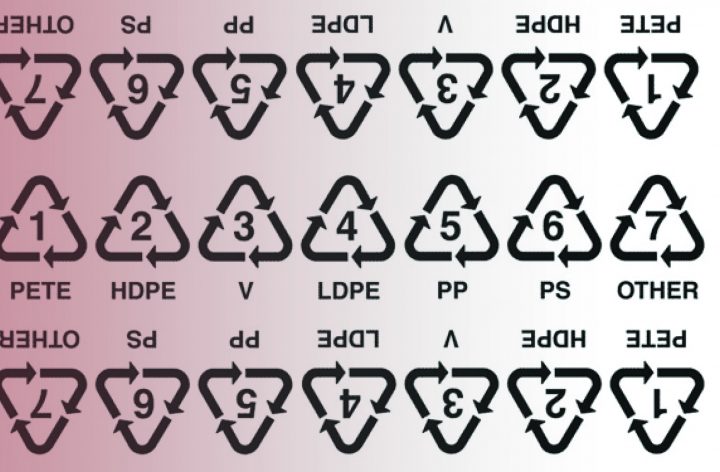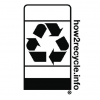Resin Identification Codes (RICs), also known as the “plastic numbers” or “recycling numbers,” are getting a makeover.
Contrary to popular belief, a RIC does not equal “recyclable.” RICs are plastic identification codes developed in 1988 by SPI. The goal of RICs was to assist recyclers in identifying materials. They were never intended as a consumer communication tool. However, consumers and local recycling programs quickly adapted to use the ubiquitous “recycling numbers,” even as consumer testing continues to show that RICs confuse consumers and they do not understand their meaning.
RICs became an ASTM International standard in 2008. ASTM uses industry consensus via subcommittees to develop standards.
To decouple resin identification from recycling labeling, ASTM International Subcommittee D20.95 on Recycled Plastics approved a switch from chasing arrows to a triangle.
But not so fast.
RICs are required by law in 39 states. Herein lies a speedbump. Each state writes statutes in its own way with its own requirements. Many specifically require numbers with chasing arrows and specific letters.
While the international standard changed, state laws did not. It may take some time before consumers see the change. Meanwhile, companies must navigate between fulfilling the different state statutes or following the new ASTM standard.
Concurrently, GreenBlue’s How2Recycle label continues to take off. How2Recycle is an on-package recycling label that helps companies provide clear recycling instructions to consumers. How2Recycle replaces RICs as a clearer first line of communication with consumers. We anticipate great growth and exciting announcements in the near future.


